How to Keep Warm in Winter at Home? Cost-Effective Tips
Winter is a season of cozy sweaters, hot cocoa, and warm blankets. However, staying warm and comfortable at home during the cold months can be a challenge, especially if you're trying to save on heating bills.
But fear not; we've got you covered with some simple and cost-effective tips on how to stay warm at night in winter. From warming foods to clever tricks, here are essential ways to beat the winter chill and stay toasty indoors.
Keep Your Body Warm 💪
When cold weather hits and temperatures drop, staying warm and cozy is essential to get through the winter months. Keeping your body warm is key to feeling comfortable and energized. Here are several tips to keep your body warm in winter:
Make Warm Drinks ☕️
When the winter chill sets in, there’s nothing better than warming up from the inside out with comforting drinks.

-
Hot Chocolate: A cozy classic, hot chocolate is rich, creamy, and topped with whipped cream or marshmallows—perfect for sipping by the fireplace.
-
Coffee: For a warm boost, coffee offers comforting warmth and energy. Whether black, cappuccino, or latte, it’s ideal for chilly mornings.
-
Mulled Wine: Spiced with cinnamon, nutmeg, and cloves, mulled wine brings festive warmth and cheer to any gathering.
-
Herbal Tea: Chamomile, peppermint, or ginger tea are soothing and naturally warming, perfect for relaxation and boosting immunity.
-
Hot Apple Cider: This spiced beverage with cinnamon and cloves is a delicious, cozy way to embrace the flavors of the season.
Comforting Soups and Stews 🍲
When the temperatures drop, there’s nothing quite as comforting as a steaming bowl of soup or a hearty stew. These dishes are the perfect way to ward off the winter chill and provide nourishment that sticks with you.

-
Soup: A Steaming Bowl of Warmth: Nothing beats a warm bowl of soup on a cold winter day. Whether you prefer a creamy tomato soup, a rich chicken noodle, or a hearty vegetable medley, soup is an ideal dish to fill you up and keep the cold at bay. It’s easy to prepare, and the warmth it provides is perfect for combating the chill. You can even batch-cook and store some in the fridge or freezer for busy days.
-
Hearty Stews: For a more filling meal, a hearty stew or chili can provide the warmth and satisfaction you need to face the day. Packed with vegetables, meat, and flavorful broth, stews are an excellent choice for cold winter evenings. Pair it with a slice of warm bread to soak up all the deliciousness.
Get Moving 💃
Getting active during the winter is a great way to stay warm and healthy. Don't let the cold weather keep you indoors all the time. Physical activity generates body heat and helps keep you warm. You can try light exercises or even have a dance party in your living room. It's an enjoyable way to stay cozy while staying active. So, put on some music, move your body, and keep warm during the winter months.

Dress in Layers 🧣
Dressing in layers is a simple and practical way to stay warm during the winter months. Start with a thermal undershirt, add a sweater, and finish off your outfit with a snug jacket. Don't forget to include a warm hat and gloves to keep your extremities cozy. Layering provides the flexibility to adjust your clothing to your comfort, ensuring you stay toasty in chilly weather. It's a great way to enjoy the season while keeping warm and comfortable.

Keep Your Hands Warm 🤲
Cold hands can make the winter months feel even chillier, but with a few easy steps, you can keep your hands warm and comfortable all season long. Here are some practical tips to help you protect your hands from the cold:

-
Use Hand Warmers: Disposable or reusable hand warmers provide extra warmth. Place them inside pockets for a continuous heat boost.
-
Keep Your Hands Dry: Moisture accelerates heat loss. Dry hands before putting on gloves to maintain warmth and prevent sweat buildup.
-
Wear Insulated Gloves or Mittens: Insulated gloves made from wool, fleece, or Thinsulate provide warmth. Mittens keep fingers together, enhancing heat retention.
-
Keep Your Core Warm: Warm core promotes blood flow to extremities. Layering, wearing a hat, or using heated clothing helps maintain hand warmth.
-
Exercise Your Hands: Regular hand exercises like clenching fists or rubbing palms stimulate blood flow, preventing stiffness and warming your hands.
-
Take Care of Your Hands: Moisturize with hand cream to prevent dry, cracked skin. Healthy skin can improve warmth and comfort in cold weather.
Keep Your Feet Warm 🦶🏻
Keeping your feet warm in cold weather is important for people of all ages, particularly newborns and the elderly, who may be more sensitive to temperature changes. Cold feet can lead to discomfort and potential health issues.

-
Wear Warm Socks: Wool or fleece-lined socks are great insulators and keep feet dry. Layering thin moisture-wicking socks under thicker wool ones adds extra warmth.
-
Warm Footwear Indoors: Cozy slippers or indoor shoes lined with fleece or faux fur keep your feet warm while you relax. Heated slippers add an extra touch of comfort.
-
Use Foot Warmers: Disposable heating pads are perfect for added warmth inside boots or shoes, especially during outdoor activities like hiking or skiing.
-
Keep Your Feet Dry: Moisture can make feet cold, so choose breathable shoes and change into dry socks and shoes if they get wet.
-
Foot Soaks and Massage: A warm foot soak with essential oils or Epsom salts boosts circulation, and a gentle massage helps relax your feet and keep them warm.
Keep Your House Warm 🏡
Here’s a breakdown of the primary sources of heat loss in a typical home:

- Roof (25%): Heat escapes through the roof if there is inadequate insulation or ventilation.
- Walls (35%): Poorly insulated or uninsulated walls can allow a large portion of heat to escape.
- Windows/Doors (25%): Drafts, gaps, or single-glazed windows allow heat to leak out, especially around poorly sealed windows and doors.
- Floors (15%): Bare floors, particularly in rooms with hardwood or tile, can lose heat to the ground.
These percentages are approximations but reflect common patterns found in energy audits of homes. Addressing these areas can significantly improve your home’s energy efficiency for better heat retention.
Roof
-
Insulate Your Attic: Install or upgrade attic insulation to prevent heat from escaping through the roof. Ensure you have at least R-30 to R-60 insulation depending on your region’s climate.
-
Ventilate Properly: Good attic ventilation helps maintain an appropriate temperature, preventing ice dams in winter and keeping warm air inside.
-
Seal Gaps and Cracks: Check for any gaps around roof penetrations (chimneys, vents, etc.) and seal them to prevent heat loss.

Walls
-
Insulate Exterior Walls: Consider adding insulation to the walls if your home is older or under-insulated. Foam board, spray foam, or cellulose are good options.
-
Use Insulated Wall Panels: If you’re renovating, consider installing insulated wall panels to improve thermal efficiency.
-
Seal Cracks and Gaps: Seal any cracks around windows, electrical outlets, or baseboards using caulk or foam sealant.

Windows and Doors
-
Upgrade to Double-Glazed Windows: If possible, replace single-glazed windows with energy-efficient double or triple-glazed windows to reduce heat transfer.
-
Use Weatherstripping: Install weatherstripping around doors and windows to seal gaps where cold air can enter.
-
Install Thermal Curtains or Blinds: Use heavy curtains or thermal blinds to block drafts during the night and keep heat inside.
-
Window Insulation Film: Apply clear plastic film on windows during winter to act as an additional layer of insulation.
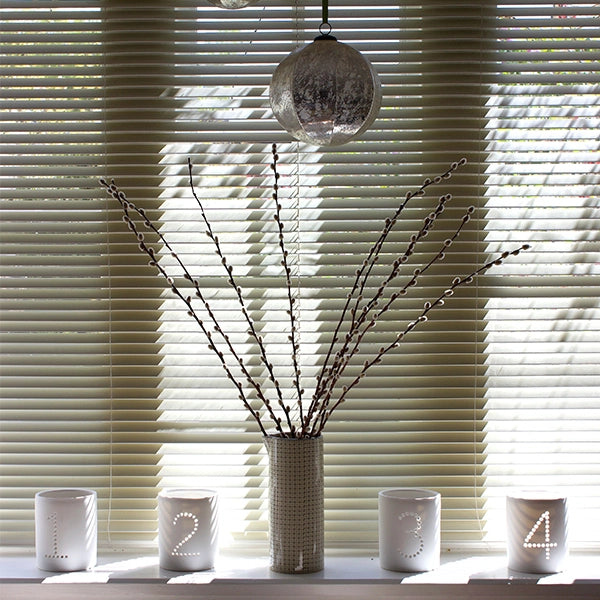
Floors
-
Add Rugs or Carpets: Bare floors lose heat quickly, so add thick rugs or carpets, especially in living rooms and bedrooms, to help trap warmth.
-
Insulate Under Floors: If your home has a crawl space, consider installing insulation under the floorboards to prevent heat from escaping into the ground.
-
Use Radiant Floor Heating: If renovating, consider installing radiant floor heating to keep floors warm and reduce overall heat loss.

Tools to Make Your House Warmer
-
Maintain Your Heating System: Regularly maintain your heating system by changing furnace filters and having it serviced before the season starts. This ensures the system works efficiently, saving energy while keeping your home warm.
-
Use Space Heaters Wisely: For rooms that are harder to heat, use a space heater to warm specific areas instead of cranking up central heating. Be sure to turn off the space heater when you leave the room to save energy.
-
Reverse Your Ceiling Fan: In winter, reverse your ceiling fan to push warm air downwards. This simple adjustment helps evenly distribute heat and maintain comfort throughout your room.
By addressing these key areas—roof, walls, windows/doors, and floors—you can significantly reduce heat loss, increase your home’s overall energy efficiency, and cut down on your electricity bills.
Staying Warm at Night 😴
As temperatures drop in the evening, staying warm while you sleep is essential for a restful night. Here are some tips to help you stay cozy:

-
Use Flannel or Thermal Sheets: Switch out your regular sheets for flannel or thermal ones. These materials retain heat and feel softer and warmer against your skin, perfect for cold nights.
-
Layer Up with Blankets: Use multiple layers of blankets to trap heat. Consider adding a weighted blanket for extra warmth and comfort, or try an electric blanket for adjustable warmth throughout the night.
-
Wear Warm Pajamas: Opt for cozy, moisture-wicking pajamas made from materials like flannel, cotton, or thermal fabric. Layering with socks can also keep your feet warm, as they tend to get cold first.
-
Use a Heated Mattress Pad: A heated mattress pad is a great way to warm up your bed before you sleep. With adjustable heat settings, it ensures your bed stays cozy throughout the night, providing consistent warmth without needing extra blankets.
-
Keep Your Bedroom Insulated: Seal any drafts around windows or doors to keep warm air in and cold air out. Use thermal curtains or blankets over your windows to keep the warmth trapped inside.
-
Use a Hot Water Bottle or Heating Pad: Placing a hot water bottle in your bed or using a heating pad before you sleep can provide extra warmth, ensuring your bed is toasty when you crawl in.
-
Drink a Warm Beverage: A warm drink, like herbal tea or hot chocolate, before bed can help raise your body temperature and make you feel cozier. Avoid caffeine, as it may disrupt your sleep.
Get Help with Your Energy Bill in the U.S.
In the U.S., there are several programs and resources available to help with energy bills. Here are some key options:
-
LIHEAP (Low Income Energy Assistance Program): This federal program helps low-income households with their energy bills, covering heating, cooling, and energy-related repairs. Eligibility depends on income and household size, and you can check if you're eligible on their website.
-
WAP (Weatherization Assistance Program): In some cases, the government or local utility companies may offer weatherization programs to help make your home more energy-efficient, which could lower your energy usage and, consequently, your bill. See if you're eligible for support.
-
Energy Efficiency Programs: Many utility companies offer energy-saving programs that help reduce monthly bills by improving your home’s energy efficiency. This might include free or discounted energy audits, weatherization, and appliance upgrades.
-
Payment Plans: Utility providers often offer flexible payment plans for customers struggling to pay their bills. These plans can break down payments into more manageable amounts over a longer period.
-
Discount Programs: Some states or utilities offer discounted rates to qualifying low-income or senior customers. You can check with your utility provider to see if you are eligible for such discounts.
-
State and Local Assistance: Many states and local governments offer their own assistance programs. These might include grants or loans to help with energy costs. You can visit your state’s energy department website to learn more about available resources.
-
Charity Assistance Programs: Non-profit organizations, such as the Salvation Army and Red Cross, may provide assistance for energy bills. You can contact these organizations to find out if they offer programs in your area.
For more specific details and to check eligibility, you can reach out to your local utility provider or visit websites like LIHEAP or energy.gov.
Bottom Line
Staying warm in winter at home doesn't have to be a struggle. With these practical and cost-effective tips, you can create a warm and inviting space even on the chilliest of days. From enjoying warm foods and drinks to utilizing your home appliances strategically, there are plenty of ways to beat the winter cold.
So, embrace the season and make your home a haven of comfort during the winter months. Stay warm, stay cozy, and enjoy all that winter offers! These tips are your guide on how to keep warm in cold weather.




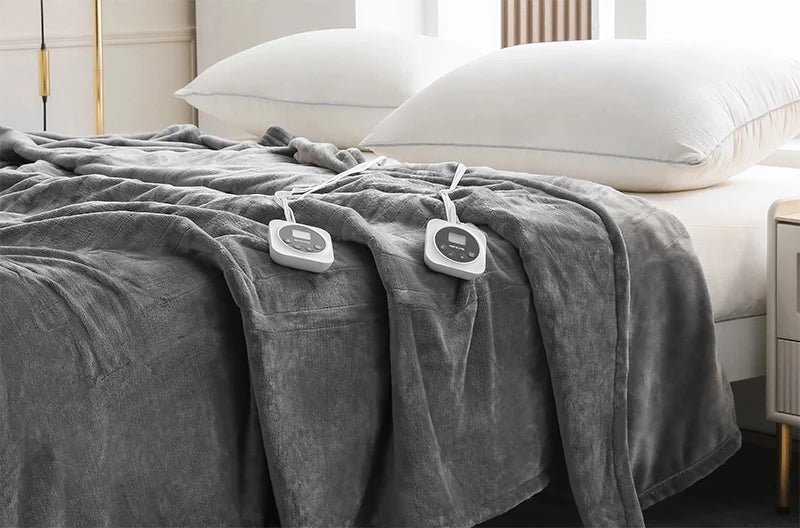
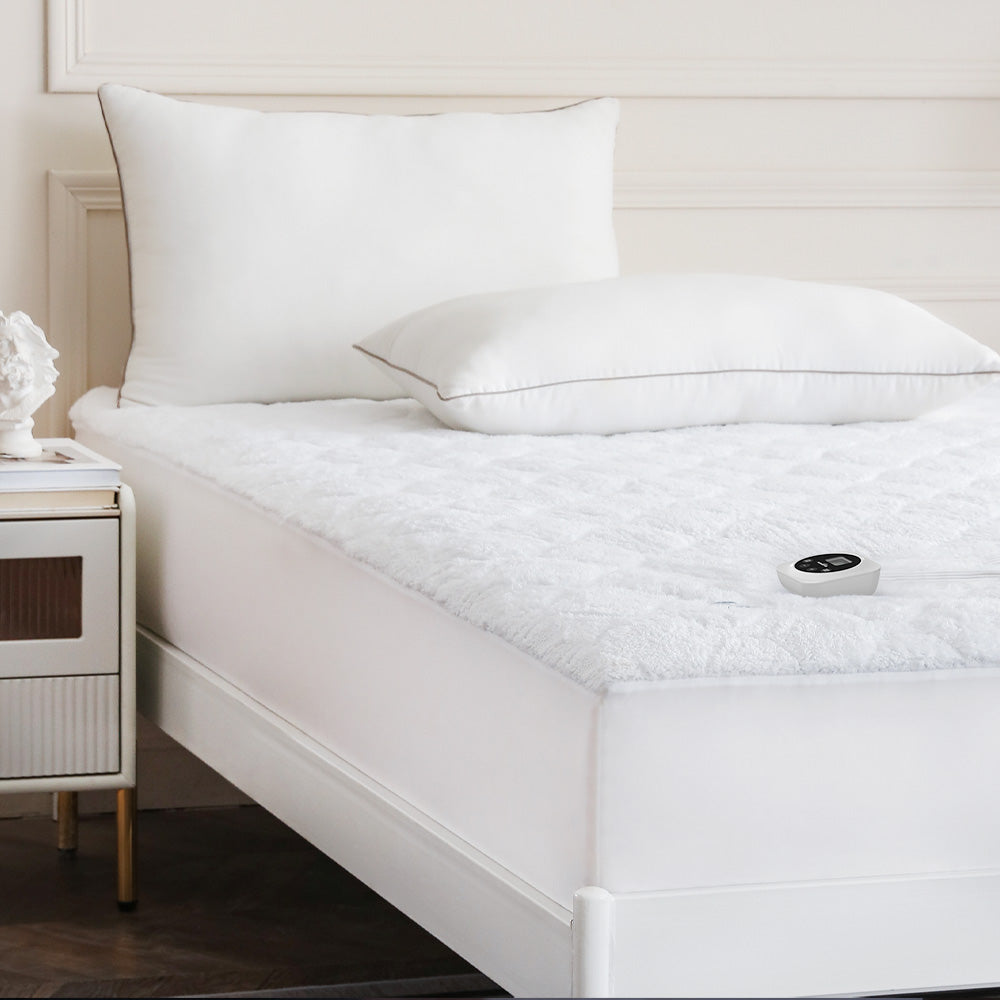

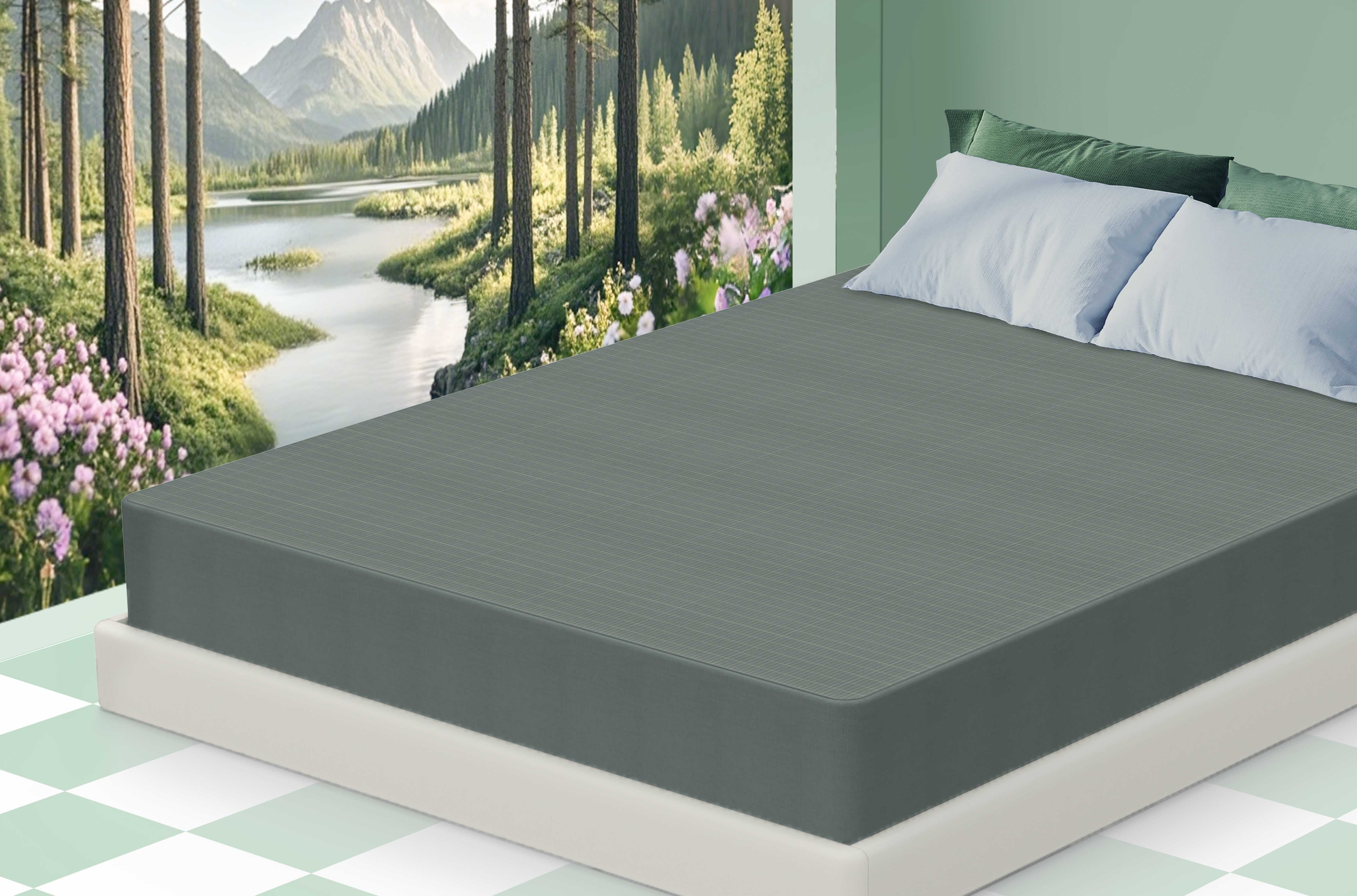
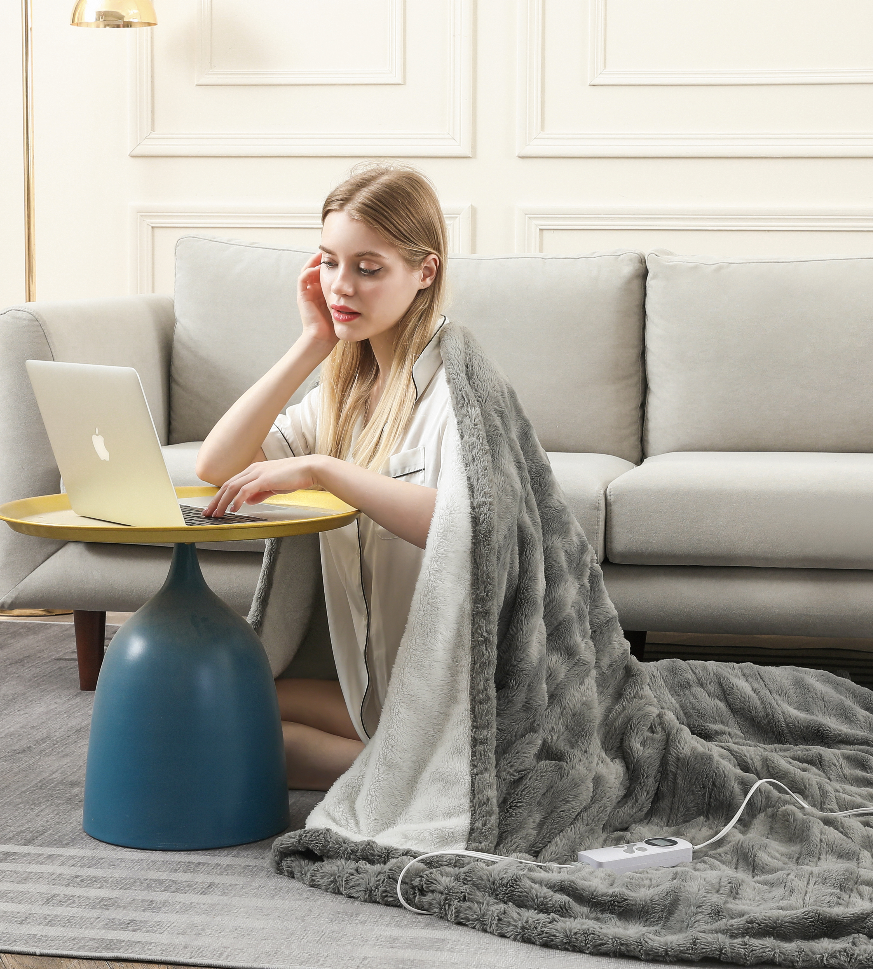
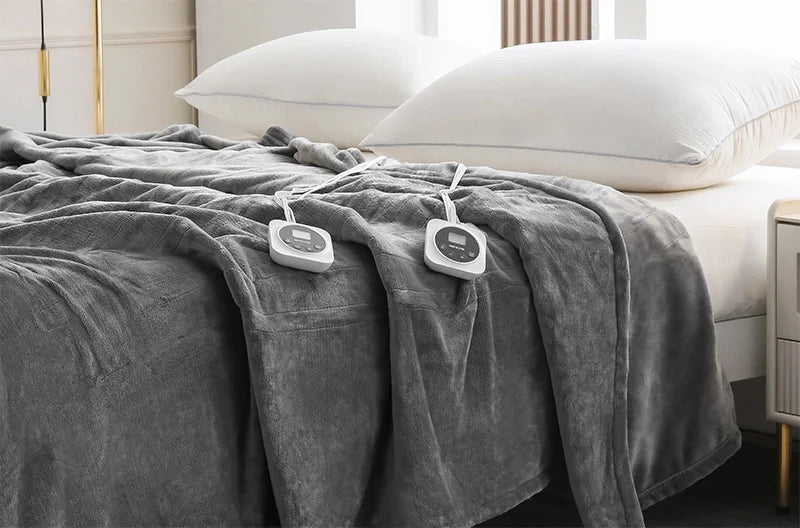
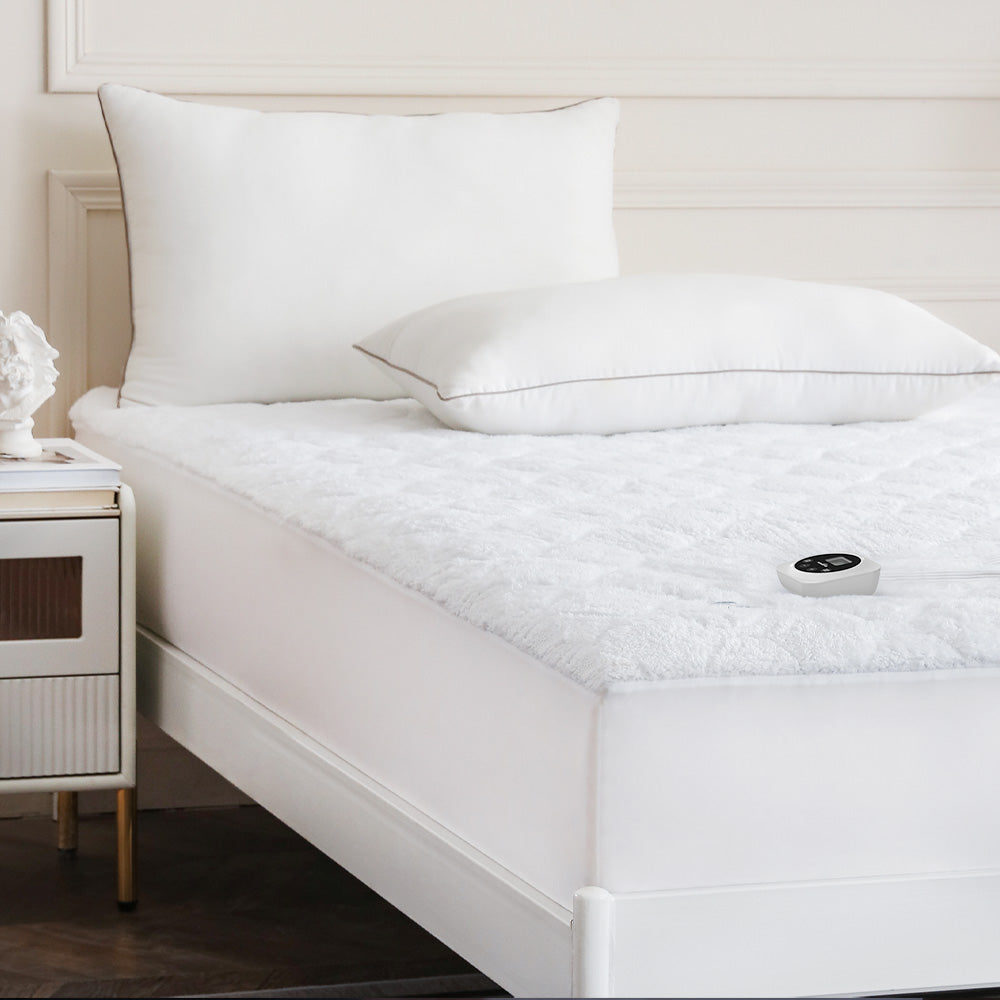

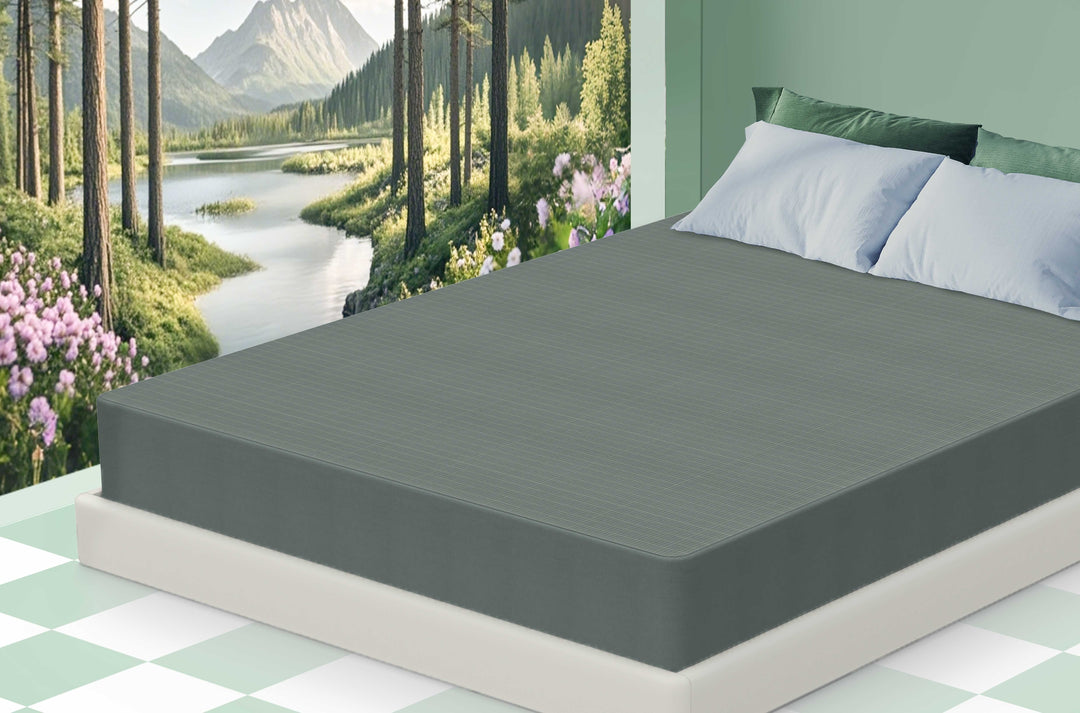



Leave a comment